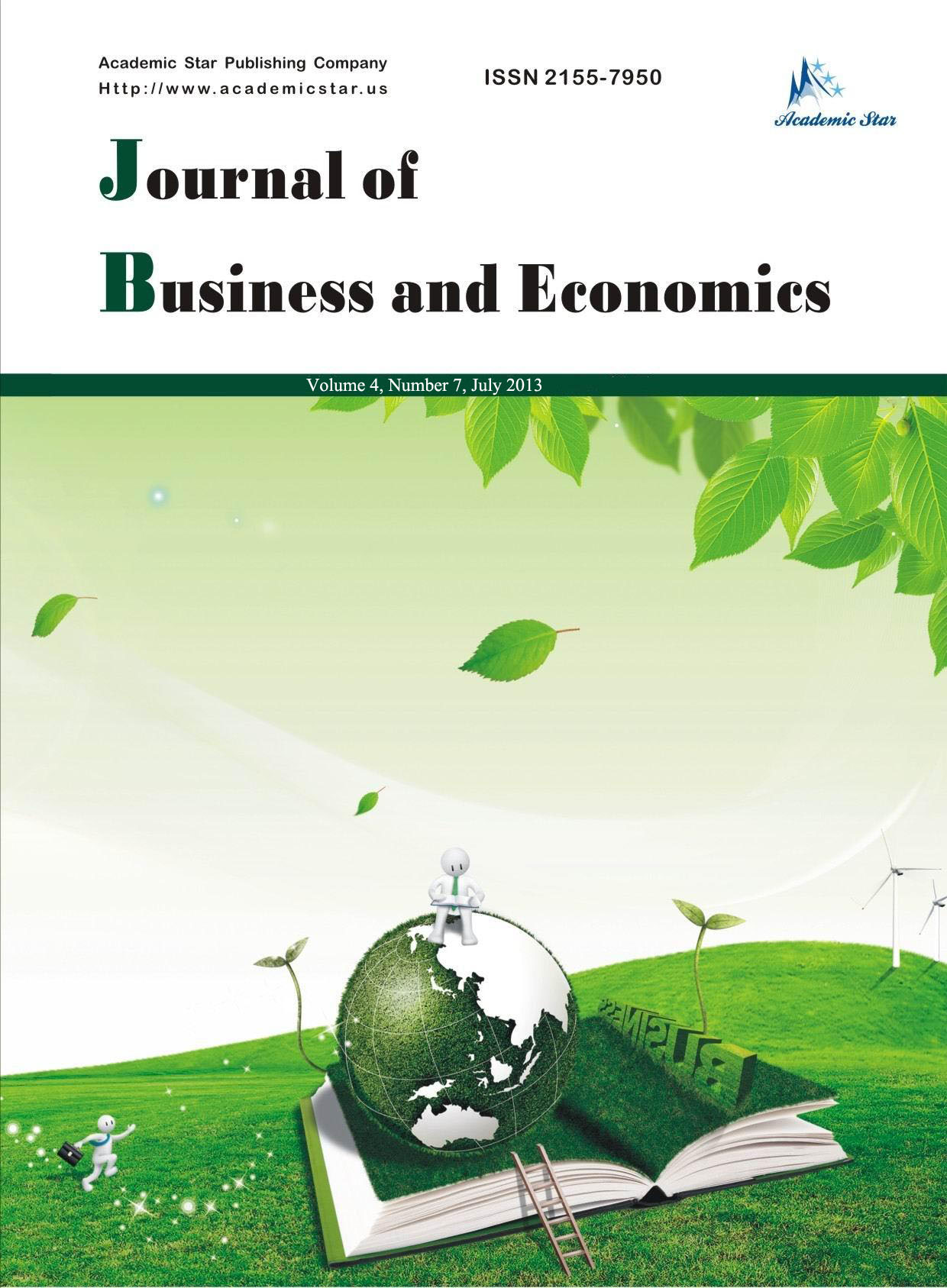Economics

- ISSN: 2155-7950
- Journal of Business and Economics
Does It Always Pay off to Reduce Transaction Costs?
Adam Koronowski
(Faculty of Economics and Management, Collegium Mazovia, 01-903 Warszwa, Poland)
Abstract: This paper is intended to identify situations when eliminating or reducing transaction costs may have a negative impact on the economy. When such situations are recognized the theoretical statement that transaction costs always hinder optimal allocation of resources and that they are a source of inefficiency can’t be accepted unconditionally. This reservation may rescue us from making mistakes driven by a false pursuit of efficiency. This paper discusses three examples when reducing or eliminating transaction costs badly affects the economy. These examples pertain to, firstly, “cheap banking”, secondly, introduction of a common currency (eliminating the costs of exchanging national currencies) under unfavorable conditions and , thirdly, the effects of low transaction costs of international capital movements as a particular case which is subject to the theory of second best. The examples serve to develop the main argument of the paper that sometimes it is better not to put too much emphasis on reducing transaction costs.
Key words: transaction costs; economic optimization; institutional economics
JEL Codes: D02, D23, D61
References:
Allen, D. (1999), “Transaction costs”, available online at: http://www.sfu.ca/~allen/allentransactioncost.pdf, 10 Jan., 2010.
Bessone Basto, R. (2007), “The Portugese experience with the Euro–Relevance for new EU member countries”, Bank i Kredyt, Nos. 11-12.
Blanchard, O. (2006), “Is there a viable European social and economic model”, MIT Department of Economics working paper No. 06-21.
Edwards, S. and Yeyati E. L. (2003), “Flexible exchange ratek as shock absorbers”, NBER working paper No. 9867.
Engdahl, F. W. (2008), “The financial tsunami, part III; greenspan’s grand design”, available onine at: http://www.financialsense.com/editorials/engdahl/2008, 24 Apr., 2008.
Engdahl, F. W. (2008), “The financial tsunami, part IV; financial crisis: Asset securitization–The last tango”, available online at: http://www.globalresearch.ca, 12 Apr., 2008.
European Commission (2001), “Policy adjustment in the euro-area countries: The risk of overheating”, in: The EU Economy: 2001 Review, Directorate General for Economic and Financial Affairs.
European Commission (2005), “Growth differences in the euro area”, in: Quarterly Report on the Euro Area (II 2005), Directorate General for Economic and Financial Affairs.
Koronowski A. (2009), “Divergent business cycles as an effect of a monetary union”, International Economics and Economic Policy, Vol. 6, No. 2, pp. 103-113.
Obstfeld M. and Rogoff K. (2000), “The six major puzzles in international macroeconomics: ‘Is there a common cause’”, NBER working paper No. 7777.
Reihart, C. and Rogoff K. (2002), “The modern history of exchange rate arrangements: A reinterpretation”, NBER Working Paper No. 8963.
Salomon, R. (2009), available onine at: http://blog.robertsalomon.com/2009/10/13/oliver-williamson-nobel-honoree, 9 Jan., 2010.
Sarno L. and Taylor M. P. (2002), The Economics of Exchange Rates, Cambridge University Press, Cambridge, p.175.
Wyplosz C. (2006), “European monetary union: The dark side of a major success”, Economic Policy, Vol. 21, No. 46, pp. 207-261.
Wyplosz C. (2003), “Briefing notes to the Committee for Economic and Monetary Affairs of the European Parliament”, Graduaten Institute of International Studies, Geneva and CEPR, Second Quarter.






